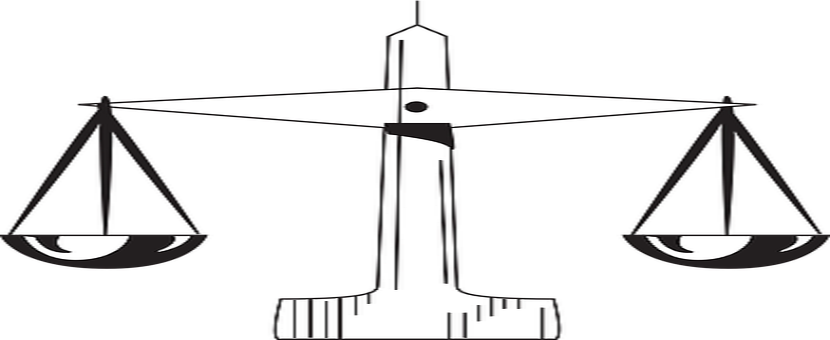BPS Construction & Engineering Co. Ltd. v. F.C.D.A. [2017] 10 NWLR (Pt. 1572) 1 at 28, paras. G-H, per Kekere-Ekun, JSC:
“…It is clear that a memorandum of understanding or letter of intent, merely sets down in writing what the parties intend will eventually form the basis of a formal contract between them. It speaks to the future happening of a more formal relationship between the parties and the steps each party needs to take to bring that intention to reality… Notwithstanding the signing of a memorandum of understanding, the parties thereto are not precluded from entering into negotiations with a third party on the same subject matter…”

Notes:
In reaching the above conclusion, the Supreme Court relied on the definition of a “Memorandum of Understanding” (MOU) as contained in Black’s Law Dictionary, 8th edition, page 1006 where the phrase was defined in terms of a “letter of intent”, which phrase was defined at page 924 as follows:
“A written statement detailing the preliminary understanding of parties who plan to enter into a contract or some other agreement: A letter of intent is not meant to be binding and does not hinder the parties from bargaining with a third party. Business people typically mean not to be bound by a letter of intent and courts ordinarily do not enforce one, but courts occasionally find that a commitment has been made.”
The word, “memorandum”, simpliciter was defined in terms not far from the above (at page 984): “An information, record, note or instrument embodying something that the parties desire to fix in memory by the aid of written evidence, or that is to serve as the basis of a future contract or deed.”
In the instant case, the Appellant approached the Respondent with a proposal for the provision of infrastructural facilities in certain areas at Abuja. The proposal was approved and a memorandum of understanding (MOU) was drawn up. It was expressly stated that the MOU is subject to the signing of a formal agreement within 14 days of signing the MOU. Notwithstanding, the Appellant proceeded to incur costs in terms of manpower and resources in the execution of the project, upon receiving and exchanging the required documents with the Respondent. Subsequently, when presented with a formal contract, the Respondent refused to sign same. The Appellant sued the Respondent and the trial Court found for it. The Court of Appeal however overruled the trial Court. Aggrieved, the Appellant approached the Supreme Court, contending that the parties, having complied with their expected obligations in the MOU by exchanging documents and cost analysis relating to the project, there was already a binding contract.
The Supreme Court disagreed. It held that by the definition of MOU (as supplied above), the MOU in question was not a binding contract.
Recently, the Court of Appeal in the case of Ojo v. ABT Associates Inc. [2017] 9 NWLR (Pt. 1570) 167 at 202 quoted with approval the statement of the law found in Chitty on Contract, 25th Edition, Vol. 1, pages 63-64 at paragraphs 109 and 110:
“The parties may begin to act on the terms of an agreement before a contract between them is actually concluded. That contract may then, if it expressly or by implication so provides, have retrospective effect so as to apply to work done or goods supplied before it was actually made.” On the issue of letter of intent, the learned authors further stated: “The terms of such letters may, of course, negative contractual intention. But where this is not the case, it would be open to the courts to hold the parties bound by the terms of such letters, especially if the parties had acted on those terms for a long period of time or if they had expended considerable sums of money in reliance on them.”
In the instant case, the Supreme Court noted the principle above when it observed at page 33 of the report that the contention of the Appellant appeared to be that the MOU fell within the exceptional circumstance where a court finds that a commitment has been made between the parties notwithstanding the general nature of MOU.
The apex Court however considered the entire circumstances and held that the exchange of preliminary documents between the parties such as the engineering drawings, bill of quantities and cost analysis does not make the MOU enforceable. See page 35 of the report. The Court reasoned that the exchange of these documents was in compliance with the MOU and that even after the MOU was signed and documents exchanged, the MOU expressly contemplated that no contract existed until a formal agreement is signed. The Court supported its reasoning by stating that, for instance, the fact that the Appellant submitted a cost analysis of the project does not mean that the Respondent was bound to accept same, without more. The Court upheld the Court of Appeal’s position that the MOU was a mere invitation to treat or negotiate.
The Appellant also relied on the famous doctrine of promissory estoppel and estoppel by conduct (captured under section 169 of the Evidence Act, 2011) in arguing that the Appellant altered its position and acted pursuant to the MOU and based on the assurances received from the Respondent and the then Minister of the Federal Capital Territory, Abuja by incurring costs in respect of the documents submitted and deployment of personnel to the site.
The Supreme Court considered the doctrine and the relevant judicial and statutory authorities and concluded that: “even if the Appellant had fulfilled its obligations under the MOU by, inter alia, preparing a bill of quantities and providing evidence of its financial ability to execute the contract, such acts cannot amount to a license to proceed to mobilize to the site and commit financial and manpower resources to the project without the formal agreement being signed. At best, the assurances were to the effect that a formal agreement would be signed. Prudence dictates that for a project of this magnitude the Appellant would have been patient enough to ensure that all these were dotted and the “t’s” crossed before mobilizing to site and incurring expenses in respect thereof. I agree with the lower court that in the absence of any agreement authorising the Appellant to mobilize to the site, it was on a frolic of its own and must bear the consequences.”

I agree with this reasoning and the unanimous decision of the Supreme Court dismissing the appeal.
It is important to note the statement of the law quoted in the case of Ojo. v. ABT Associates Inc. supra above. The clear position of the apex Court in the instant case is that no exceptional situation existed to make the MOU enforceable and to hold the Respondent liable.
In view of the foregoing, one would wonder if the use of a memorandum of understanding is still encouraged. By and large, it is instructive that contracting parties should always bear in mind the real essence of MOU which is that it is an informal document outlining what would eventually form the basis of a future contract.
We have also seen where parties even execute formal contract with the title, “Memorandum of Understanding”. This is clearly wrong and unprofessional. Although it is worthy to mention that courts are always inclined to look beyond the title or heading of documents to determine its true nature and effect.














